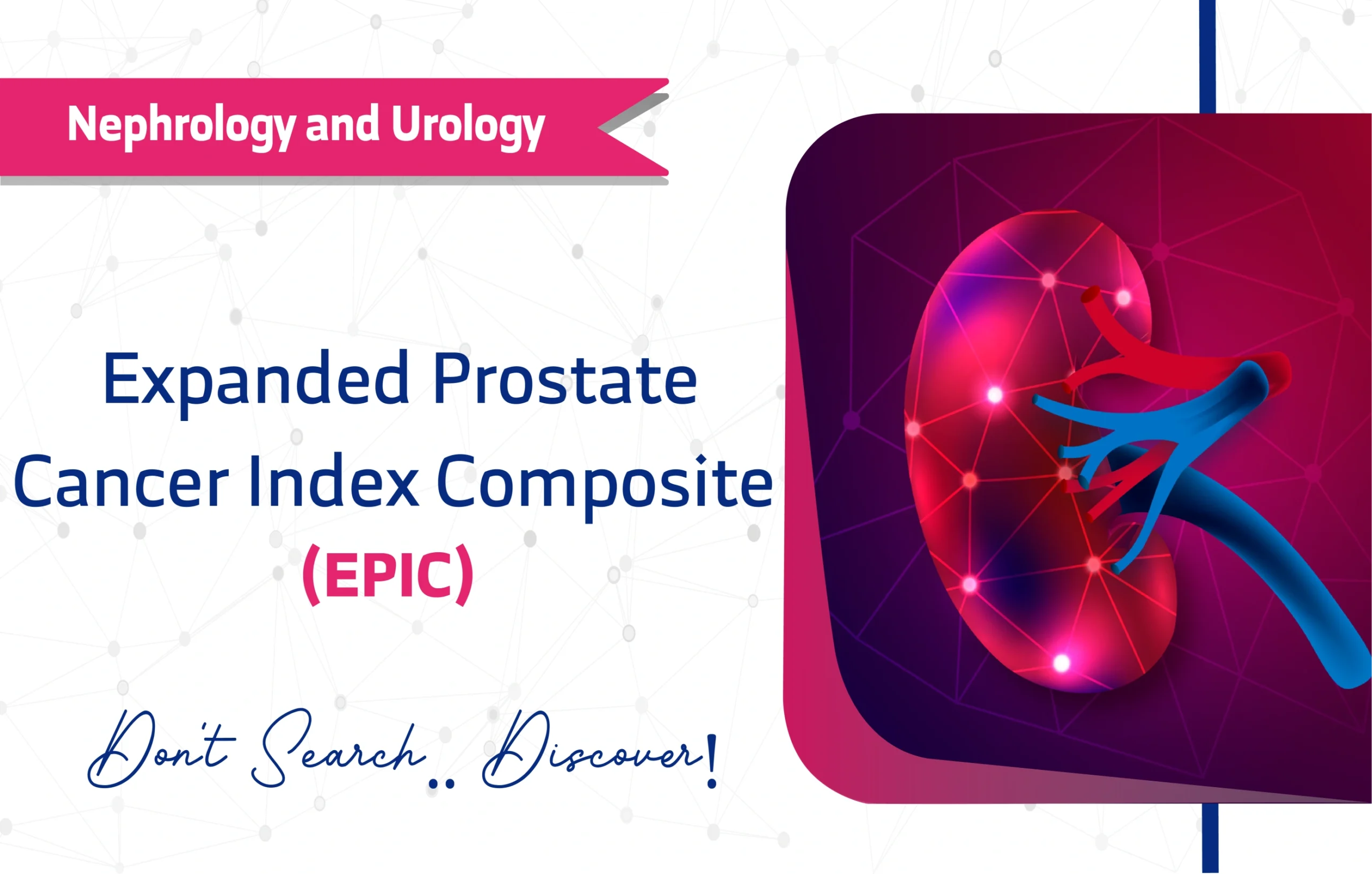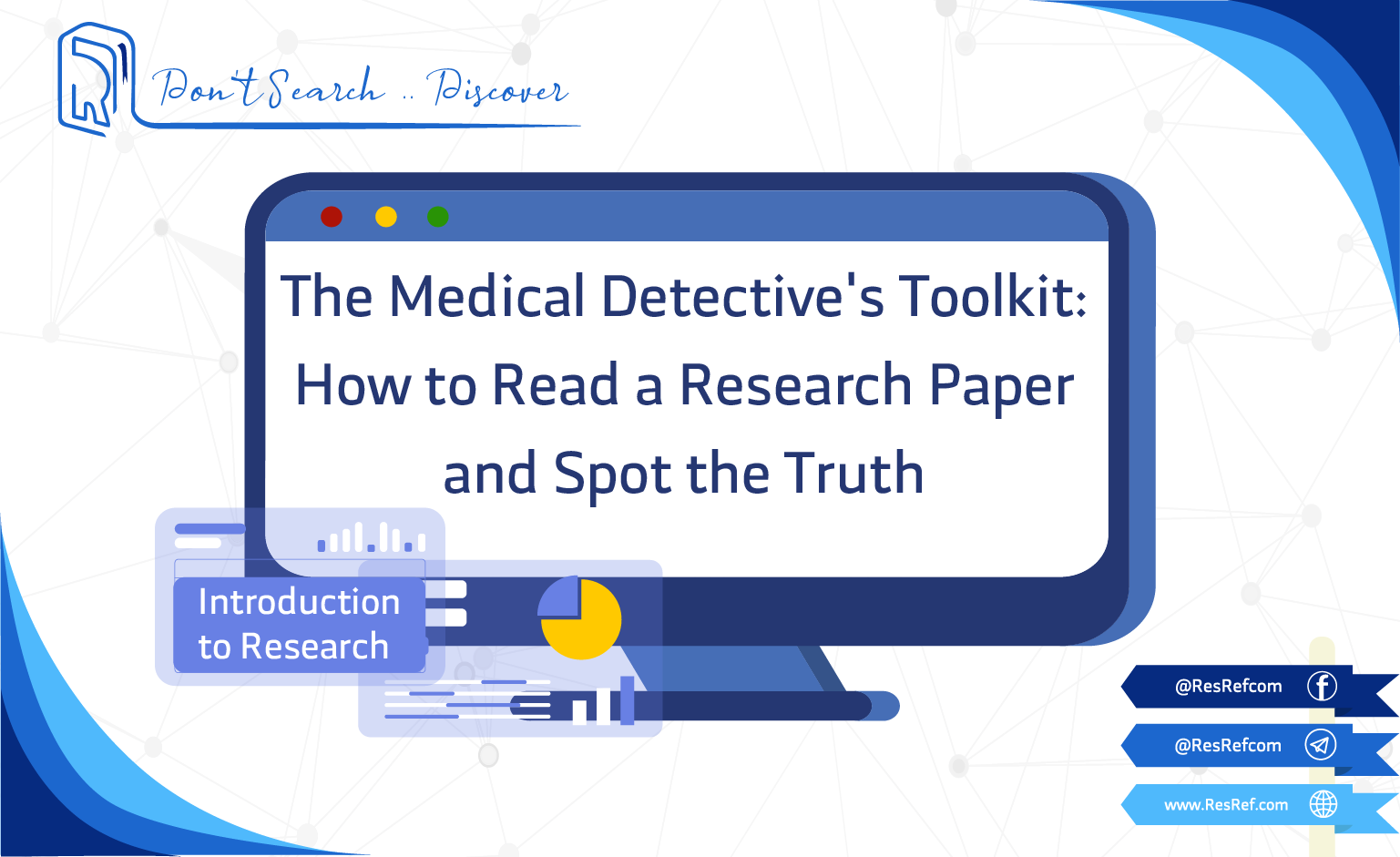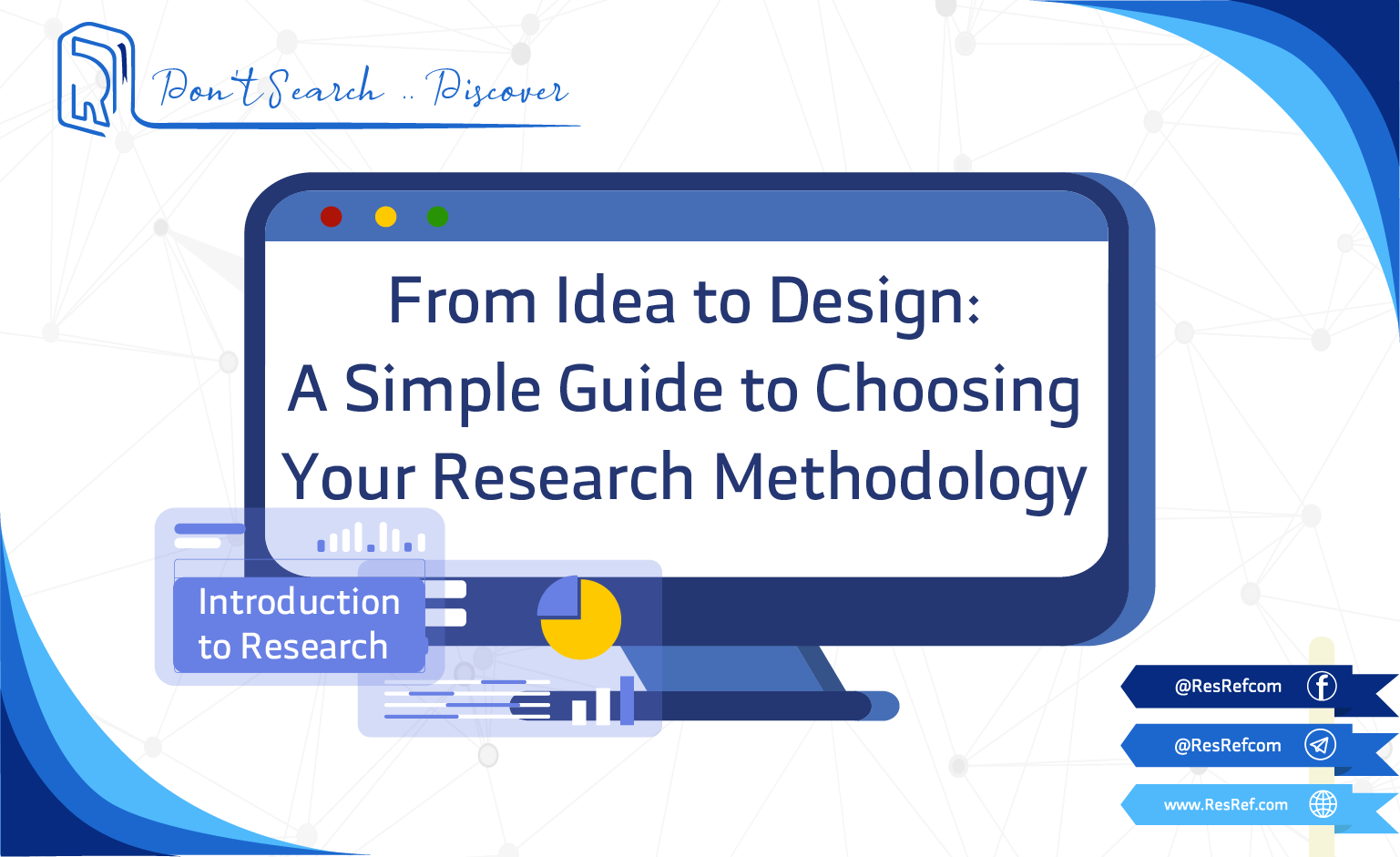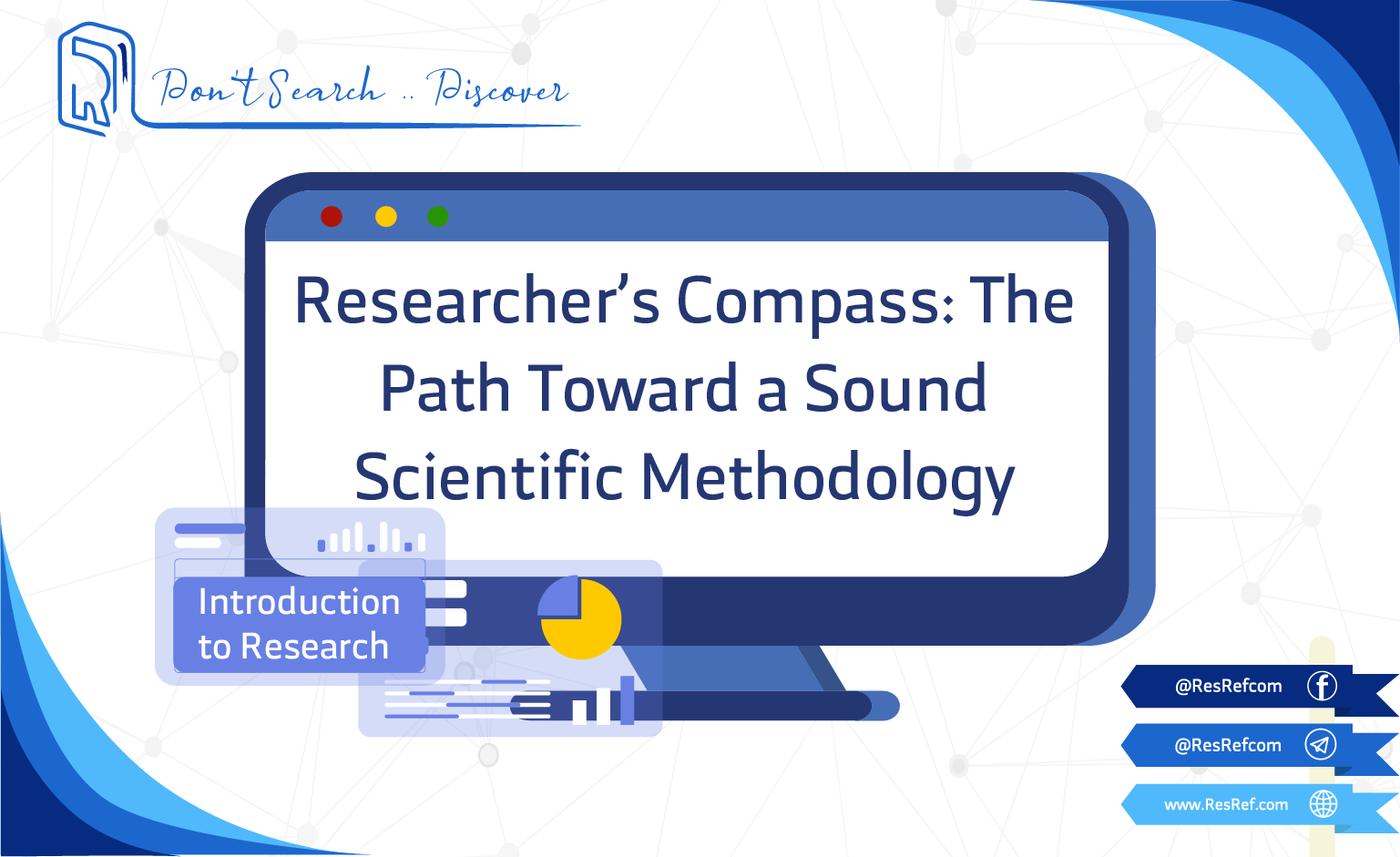Introduction to the EPIC
The Expanded Prostate Cancer Index Composite (EPIC), developed by John T. Wei, Rodney L. Dunn, Mark S. Litwin, Howard M. Sandler, and Martin G. Sanda in 2000, is a pivotal tool for evaluating health-related quality of life (HRQOL) in patients after prostate cancer treatment. With over 1,652 citations on Google Scholar, it is widely recognized for its comprehensive assessment of patient function and bother. Specifically designed for adults aged 18 and older, the EPIC captures the impact of treatments on urinary, bowel, sexual, and hormonal domains. This article explores the EPIC’s features, applications, and validation, offering researchers and clinicians a robust resource for improving patient care.
Key Features of the EPIC
The EPIC is a patient-reported questionnaire that assesses HRQOL post-prostate cancer treatment. Below are its core features, tailored for clinical and research use.
Purpose
The main objective of EPIC is to evaluate patient function and the level of “bother” (the degree to which symptoms are problematic) following prostate cancer treatment. This dual focus allows for a more nuanced understanding of the patient experience than assessing function alone.
Target Population
Designed for adults aged 18 and above, the EPIC is suitable for patients undergoing treatments like prostatectomy, radiation, or hormonal therapy. Its versatility supports both clinical diagnostics and longitudinal studies.
Comprehensive Questionnaire Structure and Domains
The full EPIC questionnaire contains 50 items that are organized into four primary domains, each designed to assess a specific aspect of a patient’s health-related quality of life:
- Urinary Domain: This section includes 12 questions. Factor analysis supports dividing this domain’s summary score into two distinct subscales: Incontinence and Irritative/Obstructive symptoms.
- Bowel Domain: This section consists of 14 questions.
- Sexual Function Domain: This section has 13 questions.
- Hormonal Domain: This section contains 11 questions. Furthermore, each of these four domain summary scores has measurable Function Subscale and Bother Subscale components, allowing for a deeper analysis of patient symptoms versus their impact.
Scoring and Interpretation
The EPIC uses a 5-point Likert scale to assess symptom severity. Raw scores for each domain are converted to a standardized scale (0–100, worst to best) using the formula:
Transformed Score = ((Raw Score – Minimum Possible Score) / (Maximum Possible Score – Minimum Possible Score)) × 100.
Higher scores indicate better HRQOL. Although no universal cut-off scores exist, domain scores guide clinical interpretation.
Administration of the EPIC
- Administration Time: It typically takes approximately 10 to 15 minutes for a patient to complete the questionnaire.
- Administration Format: Healthcare teams can administer the EPIC via paper, digital, or mobile app formats, offering flexibility.
- Training Required: No special training is required to administer or interpret the EPIC.
Clinical and Research Applications
The EPIC serves multiple roles in clinical practice and research, making it indispensable for evidence-based care. Key applications include:
- Screening: Identifies patients with significant HRQOL impairments post-treatment.
- Monitoring: Tracks changes in HRQOL during and after treatment.
- Treatment Planning: Guides clinicians in designing personalized interventions.
- Research: Widely used in clinical trials to evaluate treatment outcomes.
Moreover, its flexible administration formats—paper-based, digital, or mobile app—enhance its practicality across diverse settings.
Languages and Availability
To enable global use, the EPIC is available in 13 languages, including:
- English
- Spanish
- French
- German
- Mandarin Chinese
This multilingual accessibility enhances its utility in international settings.
Reliability and Validity
The EPIC is highly reliable and valid, with a Cronbach’s alpha ≥0.82 across domains. Its robust psychometric properties ensure sensitivity to treatment-related changes, making it a trusted tool for prostate cancer research and care.
Other Versions of the EPIC
The EPIC includes shorter versions to reduce administrative burden:
- EPIC-26: A 26-item version for quicker assessments.
- EPIC-CP: A clinical practice version for streamlined use.
These versions maintain core domains while enhancing efficiency.
Limitations
Despite its strengths, the EPIC has a few limitations:
- Length: Some patients may find the 50-item questionnaire lengthy.
- Complexity: the questionnaire may be considered complex because of it is difficult to administer.
- Scoring Complexity: Converting raw scores to a standardized scale may require additional effort.
Despite these challenges, the EPIC remains a cornerstone in prostate cancer HRQOL assessment.
Cost and Accessibility
The EPIC is free for non-commercial use, but commercial use requires permission from the University of Michigan. For inquiries, contact John T. Wei via urologyresearch@umich.edu or visit their website. This accessibility supports global research and clinical use.
Additional Resources
For those looking to utilize or learn more about the EPIC questionnaire, the following resources are highly recommended:
- Original Validation Study
- Access the EPIC Questionnaire (PDF)
- A short form (EPIC-26) and its scoring methods
- For inquiries, contact John T. Wei via urologyresearch@umich.edu.
- For additional EPIC resources, consult the University of Michigan.
Frequently Asked Questions (FAQ)
Who can use the EPIC?
Clinicians, researchers, and healthcare providers use the EPIC for adults aged 18 and older post-prostate cancer treatment.
How long does it take to complete the EPIC?
Patients typically take 10 to 15 minutes to complete the EPIC, making it feasible for clinical and research settings.
How is the EPIC administered?
Healthcare teams can administer the EPIC via paper, digital, or mobile app formats, offering flexibility.
Is there any cost to using the EPIC
The EPIC is free for non-commercial use. For commercial use, permission from the University of Michigan is required.
A Word from ResRef
The EPIC offers a reliable, validated, and comprehensive tool for assessing quality of life in patients post-prostate cancer treatment. Whether you are a researcher evaluating treatment impact or a clinician improving patient care, the EPIC reveals critical areas that need attention. Consequently, it leads to better outcomes and informed treatment decisions.
References
- Wei JT, Dunn RL, Litwin MS, Sandler HM, Sanda MG. Development and validation of the expanded prostate cancer index composite (EPIC) for comprehensive assessment of health-related quality of life in men with prostate cancer. Urology. 2000 Dec 20;56(6):899-905. doi: 10.1016/s0090-4295(00)00858-x. PMID: 11113727. Link







1 thought on “Expanded Prostate Cancer Index Composite (EPIC): A Full Guide for Researchers and Clinicians”
It’s amazing to see a platform that simplifies research without losing its depth.